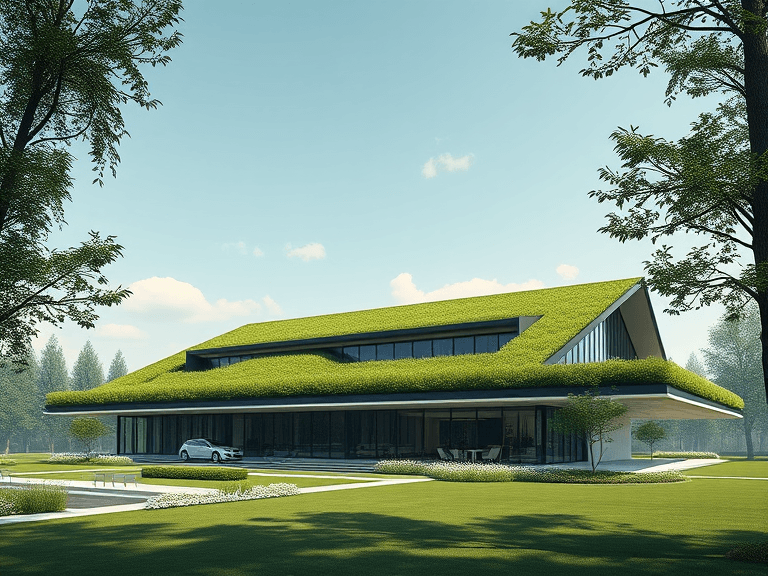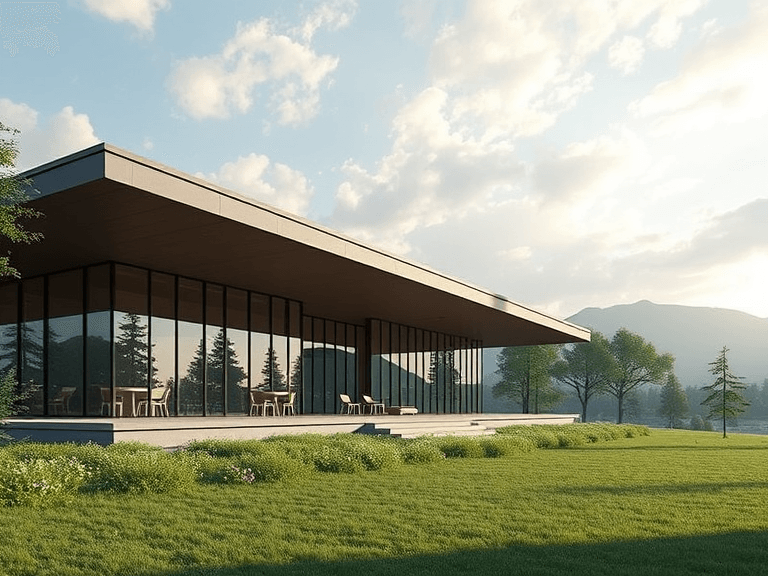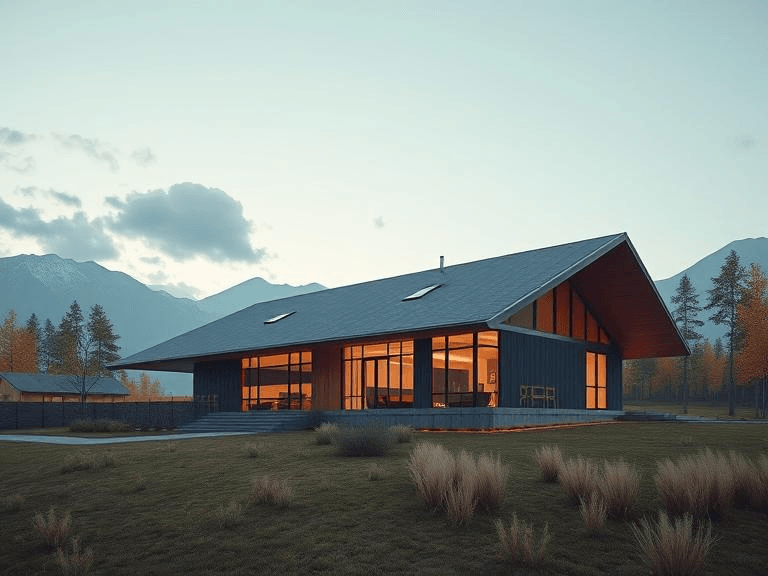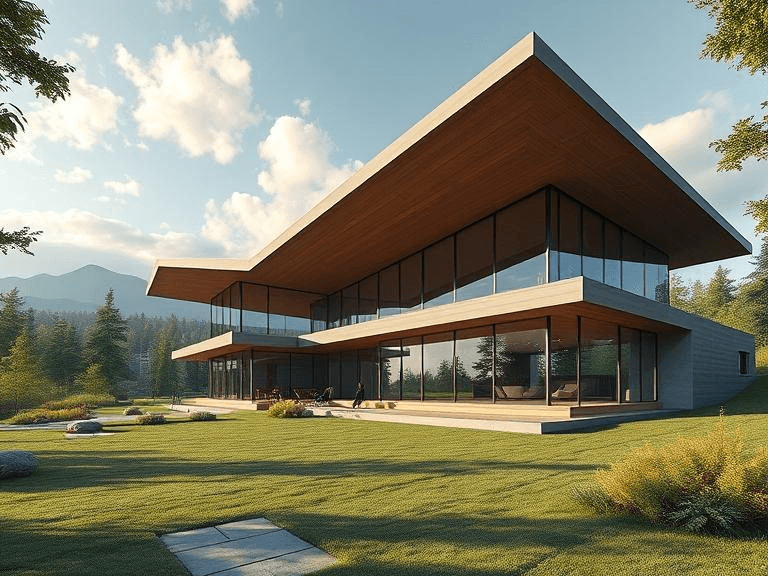
Green roofs, often referred to as living roofs, are an innovative solution that incorporates vegetation into building rooftops. They generally fall into two categories: extensive and intensive green roofs. Extensive green roofs are characterized by a shallow layer of soil, typically between 2 to 6 inches, and are planted with hardy, low-maintenance plants. In contrast, intensive green roofs have deeper soil profiles, allowing for a wider variety of plant species, including shrubs and small trees. This difference greatly affects the applications and maintenance needs of each type.
The environmental benefits of installing a green roof in Toronto are profound. One of the most significant advantages is the improvement of air quality. Green roofs act as natural air filters by absorbing pollutants and carbon dioxide while releasing oxygen. Furthermore, they contribute to urban heat reduction by lowering roof surface temperatures, which helps mitigate the urban heat island effect commonly experienced in dense metropolitan areas. By promoting biodiversity, green roofs provide essential habitats for various bird and insect species, thereby bolstering local ecosystems.
Another notable environmental aspect is stormwater management. Green roofs help absorb rainwater, reducing runoff and minimizing the risk of flooding. This capacity is particularly crucial in urban areas like Toronto, where increased pavement and infrastructure can exacerbate drainage issues.
From an economic perspective, green roofs present multiple advantages. They can enhance energy efficiency by providing insulation, leading to lower heating and cooling costs for buildings. Additionally, properties featuring green roofs often experience an increase in market value, presenting a worthwhile investment for homeowners and businesses alike. Overall, implementing the steps to set up a green roof in Toronto not only supports environmental sustainability but also offers economic incentives, making it a compelling choice for urban planners and property owners.
Zoning and Regulations for Green Roofs in Toronto
Installing a green roof in Toronto is not only an environmentally beneficial choice but also a subject to specific zoning laws and regulatory requirements. These regulations are vital to ensure safety, sustainability, and compliance with local guidelines. Before commencing any green roof project, it is imperative to familiarize oneself with the necessary permits and building codes mandated by the City of Toronto.
The first step in the process is to determine the zoning bylaw applicable to the property location. Different zones may have varying restrictions and allowances for green roofs. The City of Toronto’s zoning bylaws include specific provisions related to the installation and maintenance of green roofs, which often consider factors such as the building’s height, footprint, and intended usage. It is advisable to consult the city’s zoning map and engage with city planners to clarify any ambiguities regarding allowable modifications.
In addition to zoning regulations, builders must obtain any necessary permits before initiating the installation of a green roof. This typically involves submitting detailed plans showcasing the proposed design, which must adhere to the Building Code Act of Ontario. Compliance with these requirements helps protect both property owners and the environment, ensuring that the installation is structurally sound and functional.
Furthermore, the City of Toronto offers various incentives and subsidies aimed at promoting green infrastructure, including green roofs. These programs can significantly offset costs and encourage more homeowners and businesses to undertake green roof projects. It is advisable to check with local government resources or relevant departments to access information regarding the incentives available for green roof installations.
Ultimately, ensuring adherence to zoning laws and regulations is crucial in successfully establishing a green roof in Toronto, contributing to the city’s ecological goals and urban sustainability efforts.

Planning and Design Considerations
Establishing a green roof in Toronto necessitates meticulous planning and comprehensive design considerations. The first critical step is evaluating the structural capacity of the building to support a green roof system. This involves an inspection by a structural engineer to ensure that the existing load-bearing structures can sustain additional weight from the soil, vegetation, and water retention components. Without proper evaluation, the entire project could face safety risks and potential legal repercussions.
Once structural integrity is confirmed, selecting appropriate plant species becomes paramount. The Toronto climate, characterized by cold winters and hot, humid summers, requires careful plant selection to ensure both sustainability and aesthetic appeal. Native species, which are adapted to local conditions, often perform better and require less maintenance. Consideration should also be given to the plant’s water needs, seasonal changes, and resistance to pests and diseases. Collaborating with a horticulturist can help in choosing plants that will thrive in the specific environment of the green roof.
The design layout of a green roof should harmonize both functionality and aesthetics. This includes organizing plant types and thinking about water drainage patterns, which can significantly affect plant health. Features such as pathways, seating areas, or even solar panels can be integrated into the design to enhance usability. Consultation with professionals such as architects and landscape designers who specialize in green roofs is crucial. Their expertise can help curate a plan that not only meets the functional demands but also aligns with aesthetic aspirations. A well-designed green roof system will not only provide ecological benefits but also create an enjoyable space for occupants and visitors alike.
Installation and Maintenance of Your Green Roof
Setting up a green roof in Toronto involves a carefully planned installation process followed by consistent maintenance to ensure plant health and longevity. The initial steps to set up a green roof typically begin with thorough site preparation. This includes assessing the load-bearing capacity of the existing roof structure, which is critical for supporting the additional weight of the soil and plants. Subsequently, waterproofing should be applied to prevent any potential damage to the underlying roof. This serves as a crucial barrier against water leakage.
After ensuring the roof is adequately prepared, the installation of the drainage layer is the next vital step. This layer facilitates proper water management and prevents the plants from becoming overly saturated. Following drainage, a filter fabric is placed to separate the soil from the drainage layer. The choice of soil is fundamental in the steps to set up a green roof, as it must support the types of vegetation chosen while also allowing for optimal drainage and aeration.
Once the drainage layer and soil are in place, the final step of installation involves the planting of appropriate vegetation. It is advisable to select drought-resistant and native plant species that can thrive in Toronto’s climate. Following installation, ongoing maintenance is essential. This includes routine tasks such as watering, which is especially critical in the establishment phase. Weeding should also be conducted regularly to prevent invasive species from overtaking the designated plants.
Furthermore, seasonal care is necessary to adapt to changing conditions. This might involve monitoring the health of plants during different seasons and making adjustments to care routines. Sustainable practices such as using organic fertilizers and natural pest control methods will enhance the environmental benefits of the green roof. For more extensive projects, consulting with professionals who specialize in green roofs may provide valuable insights and assistance throughout both the installation and maintenance phases.


